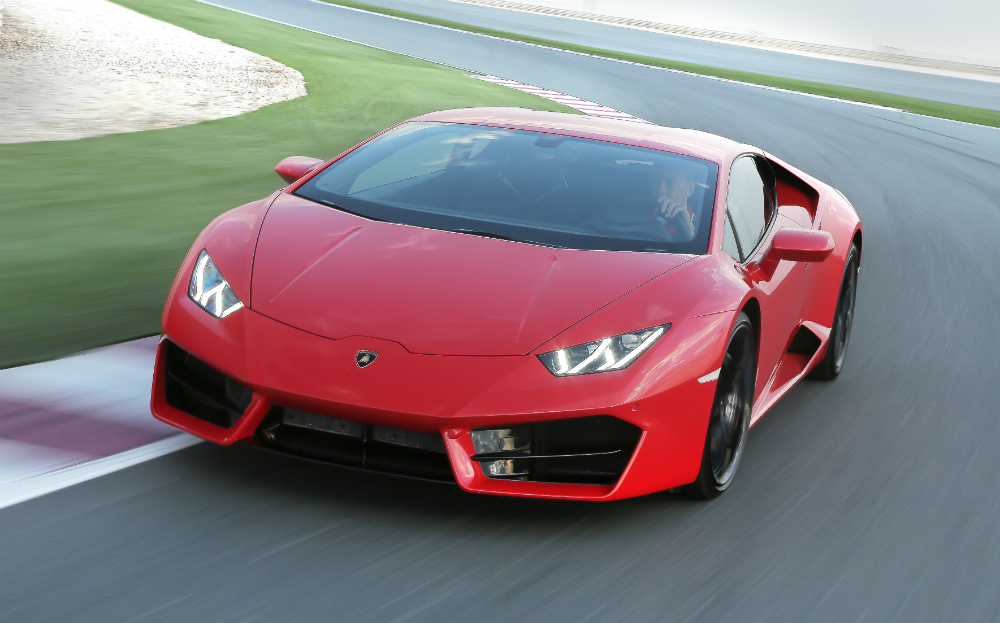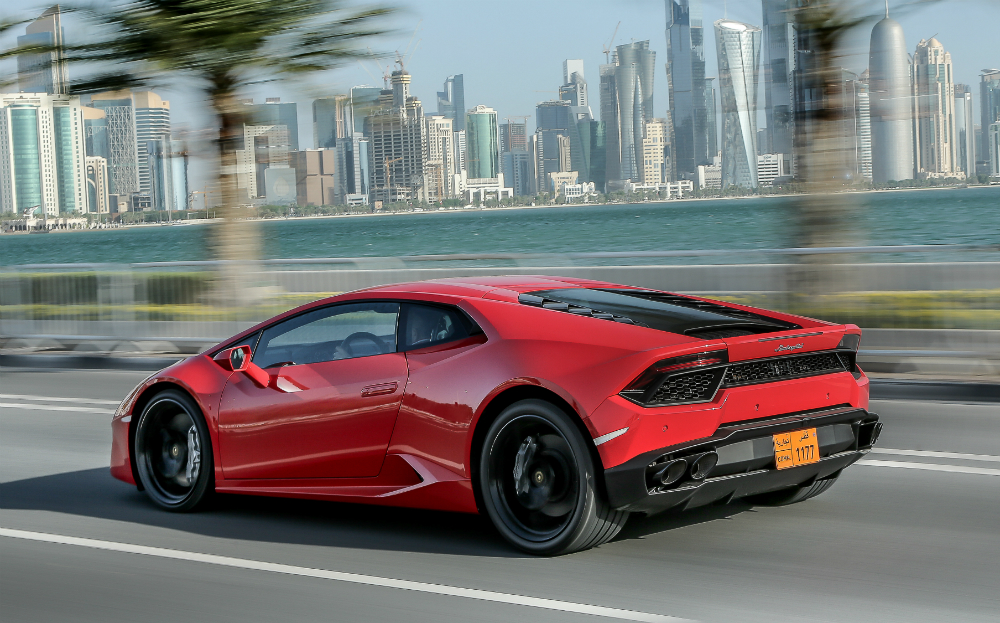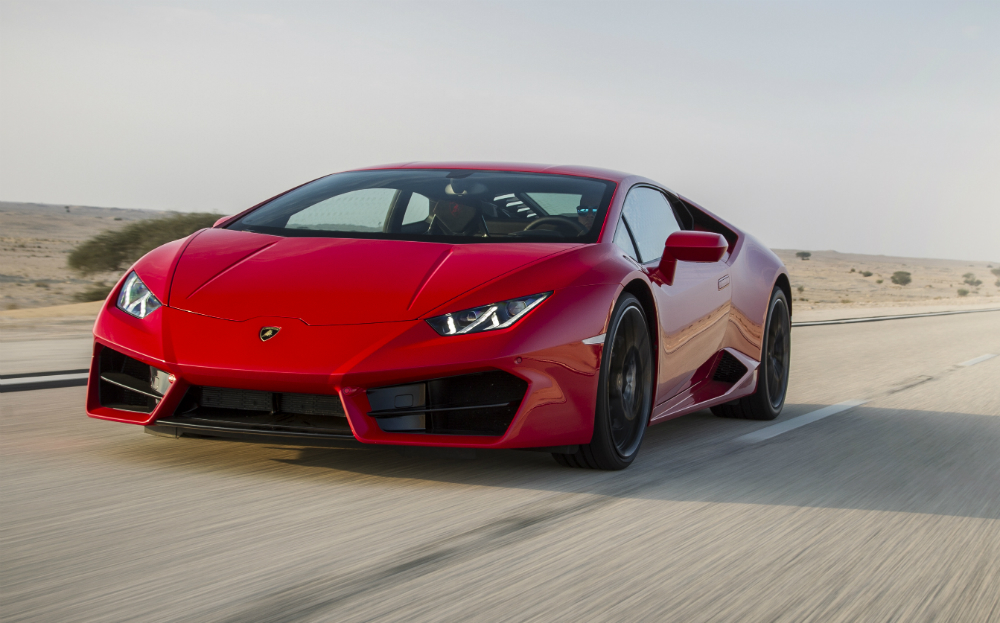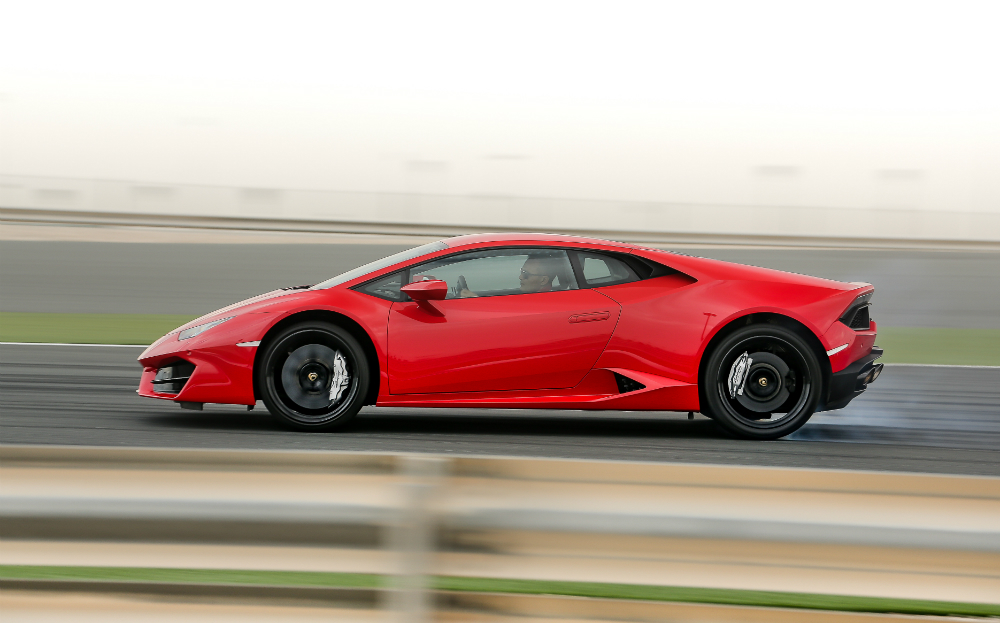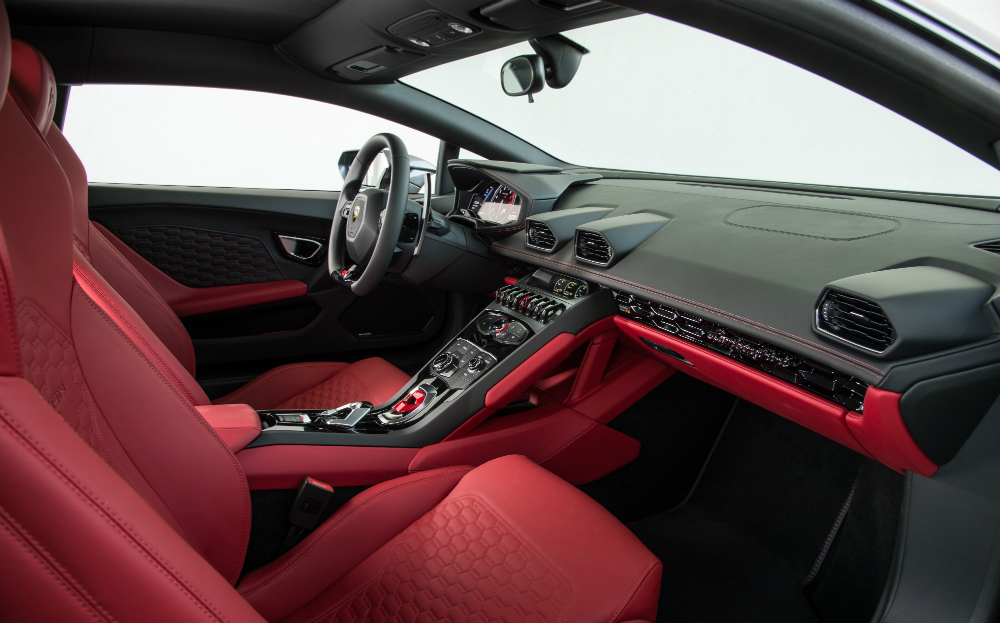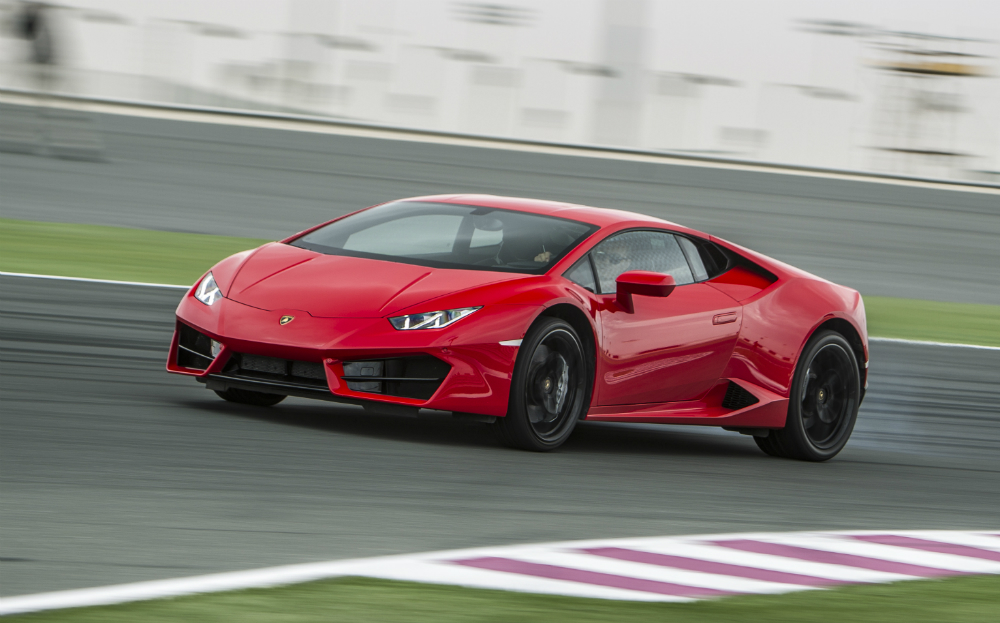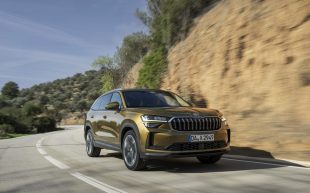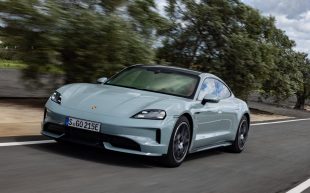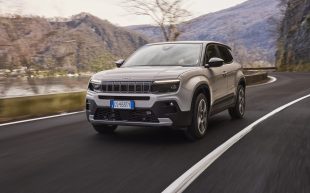First Drive review: Lamborghini Huracán LP 580-2
Less money - but more fun?
FEW SPORTS cars have divided opinion quite like the Lamborghini Huracán. Take the styling. Some say it looks a million dollars, others, like Jeremy Clarkson, reckon it looks like a loaf of bread.
What about the way it drives? In tests, we found it to be a little bit restrained, like a toddler that had been put on reigns so it couldn’t get up to mischief. But at the Top Gear test track, Clarkson reported that the Huracán was so quick, it proved faster than Lamborghini’s more powerful Aventador.
The only thing everyone agrees on is that the engine feels as though it has been touched by the hand of God. The 5.2-litre, naturally aspirated V10 is a masterpiece that can make a grown man cry.
View the Lamborghini sports cars for sale on driving.co.uk
Now Lamborghini is expanding the Huracán range. The four-wheel drive, LP 610-4 is joined by the LP 580-2. If the numbers are meaningless, then all you need to know is it’s a new, rear-wheel drive model that, at £155,400, is more than £25,000 cheaper.
This presents the question: would you be bit of a buffoon to spend the extra on a four-wheel drive model if it’s less fun to drive? Let’s find out.
It might be better value for money, but you don’t lose any of the drama. The LP 580-2 may have a different front bumper but in all honesty it looks identical to the 610-4. Which is to say, it will bring a Sainsbury’s car park to a standstill and will have the woman serving at the McDonald’s Drive Thru till reaching for her phone so she can Snapchat it.
It’s the same story inside. The seating position and low dashboard will have every passenger saying that it feels like being in a racing car. Especially with the optional carbon-fibre framed seats, which are no more padded than Chris Hoy’s bicycle saddle and probably just as light.
There are annoyances, however. Putting the switches for the lights and indicators on the steering wheel is, quite possibly, one of the silliest things you could do in a sports car that costs as much as a house.
The only thing more difficult than turning the indicators on is turning them off again. Operating them is stressful enough to bring out beads of sweat on the driver’s forehead. So you just give up on using indicators at all. Which is where the trouble starts…
Wherever you go, this car attracts attention; at T-junctions, people pull alongside with their windows lowered, wanting to know the car’s vital statistics; on roundabouts they’re trying to get a selfie – from their car; and if they’re following, you can bet they’re filming.
And you’re the berk who’s failing to indicate, so sooner or later, someone is going to crash into the Huracán and a film of a quite different nature will be shared across You Tube.
And while we’re on the subject of daft decisions, who decided to have fixed flappy paddles on the steering column, rather than ones that track round with the wheel so they’re at the driver’s fingertips, where they should be, all of the time?
But that’s enough grumbling for now. The dashboard’s design has the wow factor, alright. So what if some of the switches, like those for the windows, work counter intuitively? It all looks ace, sends a shiver of excitement up your spine and the big red guard for the engine’s start/stop button draws your finger, like a magnet.
Give in to the urge and the V10 lets off something akin to a 21-gun salute. It’s a childishly overblown noise, when started from cold.
The V10 engine has been detuned ever so slightly, so it hits the driver with a 572bhp whack around the back of the head, rather than 602bhp. And that peak power arrives at 8,000rpm, rather than 8,250rpm.
Do you notice any difference? Well, yes and no. It still sounds majestic, like having the Royal Philharmonic Orschestra play in your front room.
“If you were to turn off the traction control on bumpy British roads, then you may as well call your insurers and tell them you’re about to have a huge accident”
As with the four-wheel drive Huracan, there are three driving modes: Strada, Sport and Corsa. Each progressively makes the car angrier, noisier and more violent, but during our test drive, exclusively on the road, all three modes saw the engine being strangled by the traction control. So the breathtaking slingshot effect of the four-wheel drive version out of bends is noticeably absent.
Another moot point is that on the road, unless you’re Chris Harris you simply can’t afford to switch the driver aids off entirely to set about exploiting the rear-wheel drive handling, because that would invite catastrophe. It would be a different matter on a race track but ask yourself, honestly now, how many times you’ve driven on one of those this year (if you actually are Chris Harris, don’t bother).
The LP 580-2 still doesn’t fix the Huracán’s main bugbear of being curiously detached from the driver. It’s hard to put your finger on why this is. It’s a bit like going on a date with someone you thought you’d be tearing your clothes off for, only to find the chemistry isn’t there. Audi’s latest R8, reviewed here, is noticeably better, and cheaper still.
Perhaps the culprit is the light steering. The standard system of our car told the driver so little about what going on with the tyres that it would have been quicker to send feedback by carrier pigeon.
With that said, the MagneRide adaptive dampers and carbon ceramic brakes are very good indeed, and the seven-speed dual clutch transmission can pad around stealthily, like a tiger stalking its prey, or shift with the sort of instantaneous violence of the beast pulling down its victim.
So, what we have here is a more affordable Huracán. And that’s a very good thing indeed. But the debate over the whether this is a five star smash hit or a frustrating near miss isn’t about to be settled any time soon.


